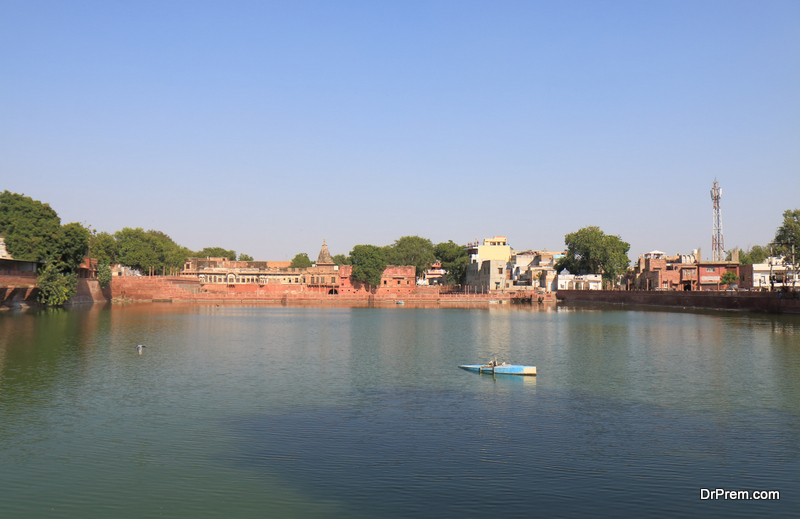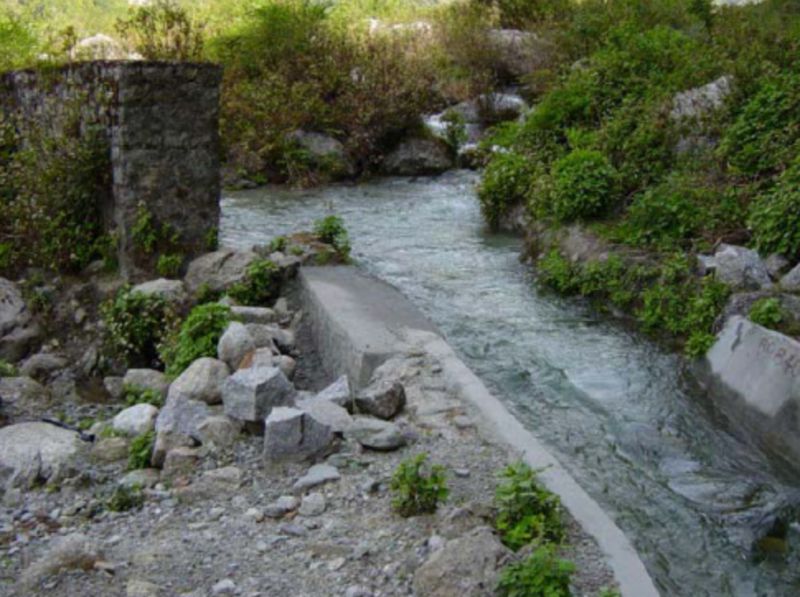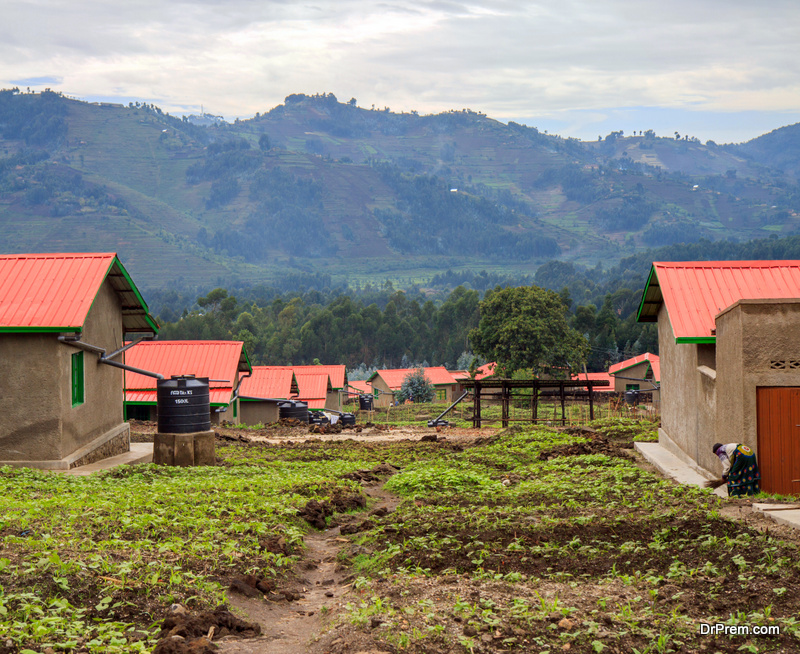India is one of the leading countries when it comes to annual rainfall. On an average India receives 117 m³ of rainfall every year on its plains. Despite all that, water scarcity is very common in India. Even states like Assam which receives extremely high rainfall during monsoon lacks water for irrigation during winters and during dry spells.
Every drop of rainwater that the country saves can prove to be a boon later on. India houses 16% of world’s population. It cannot rely completely on its sources of underground water, which, if exploited at the present rate, would lead to an acute shortage of underground water within a decade in the majority of the states. Rainwater harvesting would soon become a necessity and only modern techniques won’t be enough. The country would also need the help of traditional Indian rainwater harvesting techniques as the infrastructure required for modern rainwater harvesting techniques won’t be feasible in most of the lesser developed regions of the country.
Rainwater harvesting has been an age-old tradition in India. Desert states like Rajasthan have depended solely on it for thousands of years for most of its water needs. Despite so many changes brought on by modernization and technology, most of the traditional Indian Rainwater harvesting techniques have not become obsolete. They are highly effective and are successfully utilized in many regions of the country. However, most of these techniques are local to certain regions outside of which they are not very popular. If these techniques are introduced to other regions as well they would certainly help in obviating any water crisis situation in future. Here is a list of some ancient methods of rainwater storage that are still being used in certain states of India, and that can be of great help if they are introduced to other states as well.
Johad
First of all, coming to water conservation in Rajasthan, Johad is one of the most popular Rainwater harvesting techniques that are used in the villages of Rajasthan. It is simply a barrier made of Stone and mud that is built across the slope for capturing rainwater. It is open on the side on which the structure receives runoff the water, and the other three sides are closed so that the water is trapped. This water percolates and ultimately recharges the water aquifers. As of now, this rainwater harvesting technique is particular to Rajasthan, and more than 700 villages utilize it for meeting their groundwater needs. However, if this technique employed in other Indian villages as well then there is a fair chance that it will save them from any future water crisis.
Bamboo drip irrigation
Drip irrigation has often been criticised because it requires too much of capital. However, North-eastern states of India have been using cheap traditional alternative for it since ages. It particularly effective for irrigation in hilly regions that suffer from dry spells in any particular season. Just like modern drip irrigation this system irrigates every particular plant with 20-80 drops per minute, thus saving considerably on water. The material needed is locally available and it just requires not more than two laborers to set up. The structure made of bamboo if maintained properly can last for up to 3 years and it can irrigate 1 ha of land in two weeks. This system is completely sustainable as once used it decomposes leaving zero pollution behind it.
Guhl
Gujarat is another state, which contains considerably big desert region. Ghuls have been used for centuries for water conservation in Gujarat. For making Ghuls, cuts are made in the downhill flowing stream of water, and the water diverted from these cuts is directed using embankments made of stones. After that, this stream goes for many kilometers and its water is ultimately stored using a dam. The water thus captured is usually stored over an immense region and is used mostly for irrigation.
Talab
A Talab is an Indian version of the inexpensive man-made lake. Popular Indian reformer Anupam Mishra wrote an entire book titled Aaj bhi khare hain talab (Lakes are still a boon) on the illimitable possibilities that a Talab can offer to us. The only difference between a Talab and a man-made lake is that Talabs are very inexpensive. It is surrounded by a stone embankment and used to collect rainwater, which can then be used for any purpose from drinking to irrigation. And when most of the water in Talab evaporates the pond bed is used for cultivation of rice.
Katta
Katta is also one of the popular ancient methods of rainwater storage. It is also very inexpensive and is usually made by binding stones with mud both of which are available everywhere. It reduces the flow of runoff water trapping it large quantity. The water thus stored can be effectively used to restore the groundwater level depleted by hand pumps and bore wells. It is widely used in many Indian villages and doesn’t require any proof for its efficiency.
Kuls
Image Source : cpreecenvis.nic.in
For many centuries Kuls are being used for diverging water from gracious effectively to the nearby villages. It has proved highly successful In many regions of Himachal Pradesh and Jammu and Kashmir. They are water channels made up of stones in such a way that there is no room for seepage. The water from Kuls ultimately reaches water tanks in villages from where the villagers can take the water out and use it as per their necessity.
Zabo
Zabo is a simple rainwater harvesting structure that is made by digging ponds around the slopes of a hill. The water collected on the topmost portion is usually utilized for drinking, and the rest which passes on to the low lying Zabos is then used for rearing cattle and for irrigation purpose.
Why traditional Indian rainwater harvesting techniques are so important?
Modern rainwater harvesting techniques, no matter how effective they are, usually require a lot of capital and resources. Even if they are passed under the guise of eco-friendly and sustainable rainwater harvesting techniques, most probably they are not so. The material required for them, even if it mostly constitutes of cement and steel, is derived after consideration exploitation of nature. Therefore, while comparing modern with traditional, if the traditional techniques prove even half as effective, they should be preferred, as they are truly sustainable and eco-friendly.






